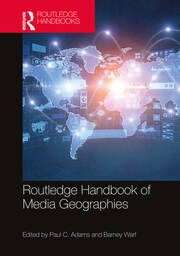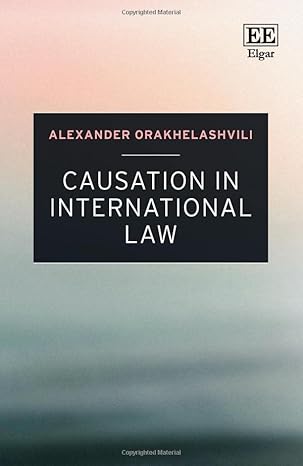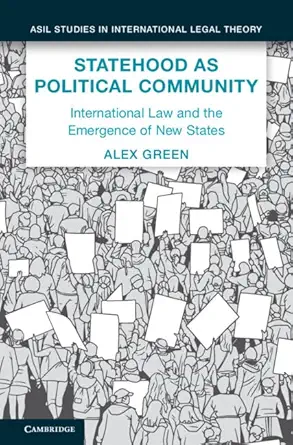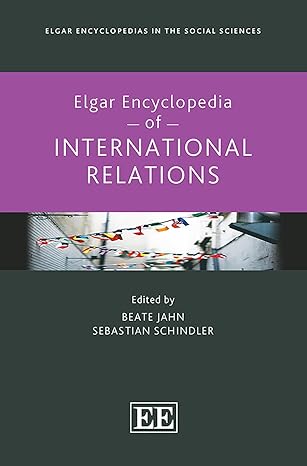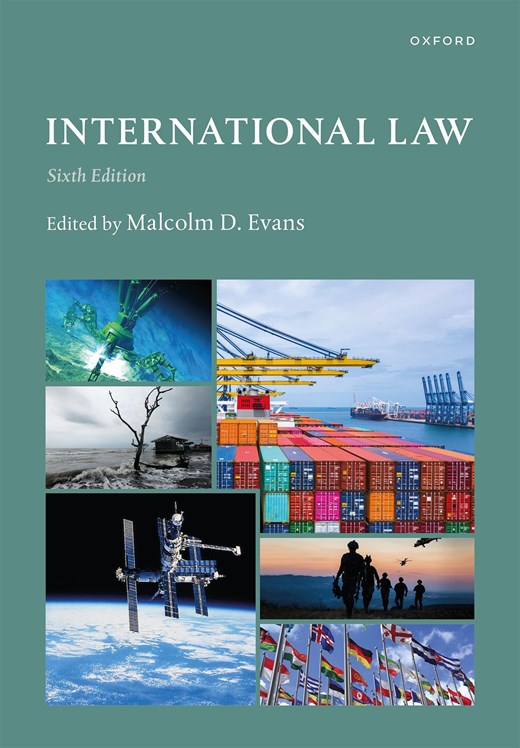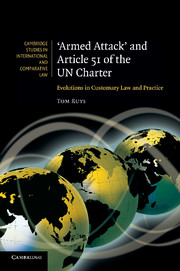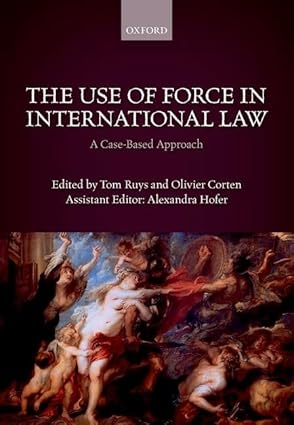This Handbook offers a comprehensive overview of media geography, focusing on a range of different media viewed through the lenses of human geography and media theory. It addresses the spatial practices and processes associated with both old and new media, considering "media" not just as technologies and infrastructures, but also as networks, systems and assemblages of things that come together to enable communication in the real world.
With contributions from academics specializing in geography and media studies, the Routledge Handbook of Media Geographies summarizes the recent developments in the field and explores key questions and challenges affecting various groups, such as women, minorities, and persons with visual impairment. It considers geographical aspects of disruptive media uses such as hacking, fake news, and racism. Written in an approachable style, chapters consider geographies of users, norms, rules, laws, values, attitudes, routines, customs, markets, and power relations. They shed light on how mobile media make users vulnerable to tracking and surveillance but also facilitate innovative forms of mobility, space perception and placemaking. Structured in four distinct sections centered around "control and access to digital media," "mass media," "mobile media and surveillance" and "media and the politics of knowledge," the Handbook explores digital divides and other manifestations of the uneven geographies of power. It also includes an overview of the alternative social media universe created by the Chinese government.
Media geography is a burgeoning field of study that lies at the intersections of various social sciences, including human geography, political science, sociology, anthropology, communication/media studies, urban studies, and women and gender studies. Academics and students across these fields will greatly benefit from this Handbook.
چکیده فارسی
این کتابچه راهنمای جامعی از جغرافیای رسانه را ارائه میدهد که بر طیفی از رسانههای مختلف که از دریچههای جغرافیای انسانی و نظریه رسانهها مشاهده میشوند، تمرکز دارد. این به شیوهها و فرآیندهای فضایی مرتبط با رسانههای قدیمی و جدید میپردازد، و «رسانهها» را نه تنها بهعنوان فناوریها و زیرساختها، بلکه بهعنوان شبکهها، سیستمها و مجموعههایی از چیزهایی که با هم جمع میشوند تا ارتباطات را در دنیای واقعی امکانپذیر کنند، در نظر میگیرد.
با کمکهای دانشگاهیان متخصص در مطالعات جغرافیا و رسانه، راهنمای جغرافیای رسانه راتلج تحولات اخیر در این زمینه را خلاصه میکند و سؤالات و چالشهای کلیدی را که بر گروههای مختلف تأثیر میگذارد، مانند زنان، اقلیتها، بررسی میکند. و افراد دارای اختلال بینایی جنبههای جغرافیایی استفادههای مخرب رسانهای مانند هک، اخبار جعلی و نژادپرستی را در نظر میگیرد. فصلها که به سبکی قابل دسترسی نوشته شدهاند، جغرافیای کاربران، هنجارها، قوانین، قوانین، ارزشها، نگرشها، روالها، آداب و رسوم، بازارها و روابط قدرت را در نظر میگیرند. آنها روشن می کنند که چگونه رسانه های تلفن همراه کاربران را در برابر ردیابی و نظارت آسیب پذیر می کنند، اما همچنین اشکال نوآورانه تحرک، درک فضا و مکان سازی را تسهیل می کنند. این هندبوک که در چهار بخش مجزا با محوریت «کنترل و دسترسی به رسانههای دیجیتال»، «رسانههای جمعی»، «رسانههای سیار و نظارت» و «رسانهها و سیاستهای دانش» تشکیل شده است، شکافهای دیجیتال و دیگر مظاهر جغرافیای ناهموار را بررسی میکند. قدرت. همچنین شامل یک نمای کلی از جهان جایگزین رسانه های اجتماعی است که توسط دولت چین ایجاد شده است.
جغرافیای رسانهای یک رشته مطالعاتی در حال رشد است که در تقاطع علوم اجتماعی مختلف از جمله جغرافیای انسانی، علوم سیاسی، جامعهشناسی، مردمشناسی، مطالعات ارتباطات/رسانهای، مطالعات شهری، و مطالعات زنان و جنسیت قرار دارد. دانشگاهیان و دانشآموزان در سراسر این رشتهها از این کتابچه بهرهمند خواهند شد.
ادامه ...
بستن ...
